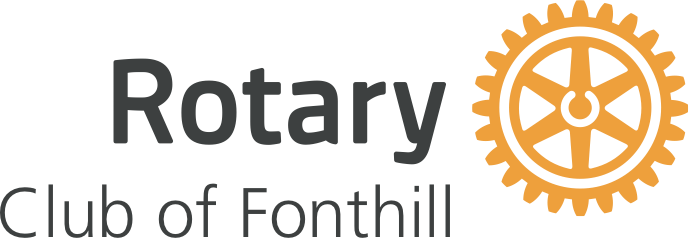Many Canadians find today’s rising cost of living difficult to manage. If you’re on a fixed income, or haven’t been able to increase your income, you’re probably noticing that the value of a dollar isn’t what it used to be.
Focus on the things you can control: Rising interest rates, record high inflation, the ongoing conflict in Europe, and a global pandemic are topics that gather a lot of media attention. But those topics are beyond your control and focusing on them provides you with no additional influence over the situation.
Focus on the things you can control, like making changes to your personal finances that will allow you to mitigate the impact of today’s financial environment.
Understand where your money goes: You may be like many other Canadians and have a general idea of how much you spend each month. If it has never been a problem in the past, you may have very little interest in tracking your monthly expenses.
This strategy may work during times of financial ease but is less than optimal during more challenging times. An easy place to start is to identify how much you’re spending on wants rather than needs. A ‘want’ refers to discretionary spending, such as eating out or going to the movies. On the other hand, a ‘need’ is an essential expense that supports the necessities of life, such as utility bills and mortgage or rent payments.
Review your debt for savings opportunities: If you’re carrying debt, you should review the terms of the agreement and explore any options you may have to reduce the balance. This could mean increasing your monthly payments, which in turn can reduce the amount of interest you pay in total. Another option to consider is consolidating multiple debts into a single debt.
Establish a rainy-day fund: If the last three years have taught us anything, it’s that life is unpredictable. Therefore, it’s always a great idea to have some cash set aside for those unpredictable expenses. This is commonly referred to as an emergency fund, and we typically recommend that you have three to six months’ worth of expenses available.
Take advantage of compound interest: Compound interest can be thought of as interest on interest and increases exponentially over time.
As an example, assume you have $10,000 in an account that pays 5% annual interest. In the first year, you earn 5% of $10,000, which is $500 interest. That $500 gets added to your account, and in the second year, you earn 5% of $10,500, which is $525. In year three, the interest has grown to $551.25, and the process continues.
Plan for the long-term: With breaking news and the latest fads constantly available at our fingertips, it’s easy to get caught up in the here and now. However, thinking long-term can raise important questions, such as:
- When can I retire and how much money will I need?
- How much will tuition be when my kids or grandkids go to post-secondary school?
- When should I start taking my Canada Pension Plan (CPP) retirement benefits?
- How much should I dedicate to my investments to make sure I reach my goals?
- Should I contribute to my RRSP, TFSA, or perhaps some combination of both?
Remember, budgeting isn’t about doing less, it’s about doing the most you can with what you have.
This article was written by Edward Jones for use by your local Edward Jones Financial Advisor, Nicolle Lalonde.
 Back to myNiagaraOnline
Back to myNiagaraOnline
































